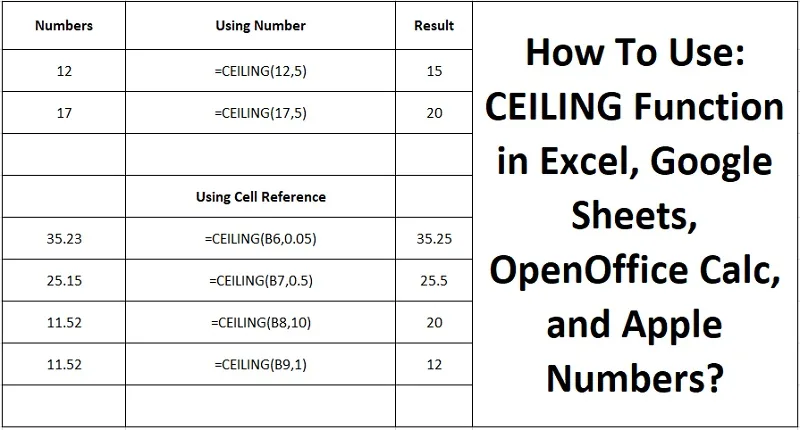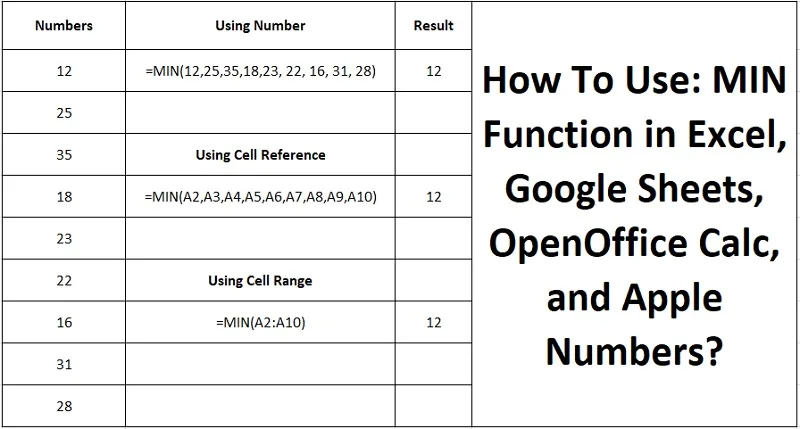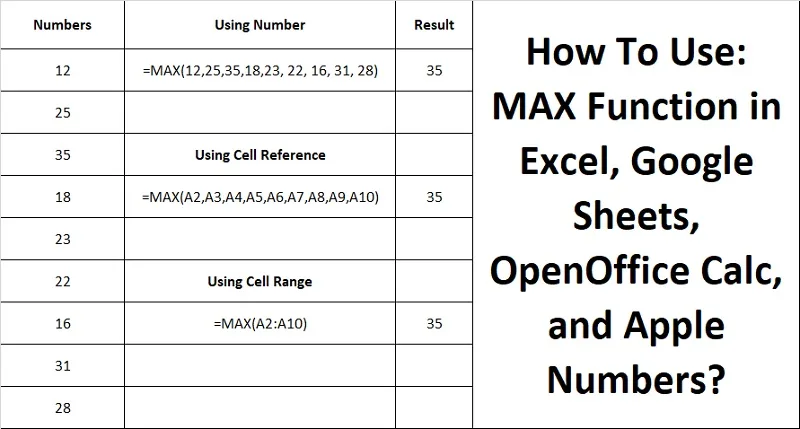DATEDIF Function: Excel, Sheets, Calc and Numbers
DATEDIF function in Microsoft Excel, Google Sheets, and Mac Numbers that returns the number of days, months, or years between two dates. It is a built-in function for “Date Difference.” It calculates the difference between two dates in various units, such as days, months, or years. In the world of spreadsheets and data analysis, time […]
DATEDIF Function: Excel, Sheets, Calc and Numbers Read More »








